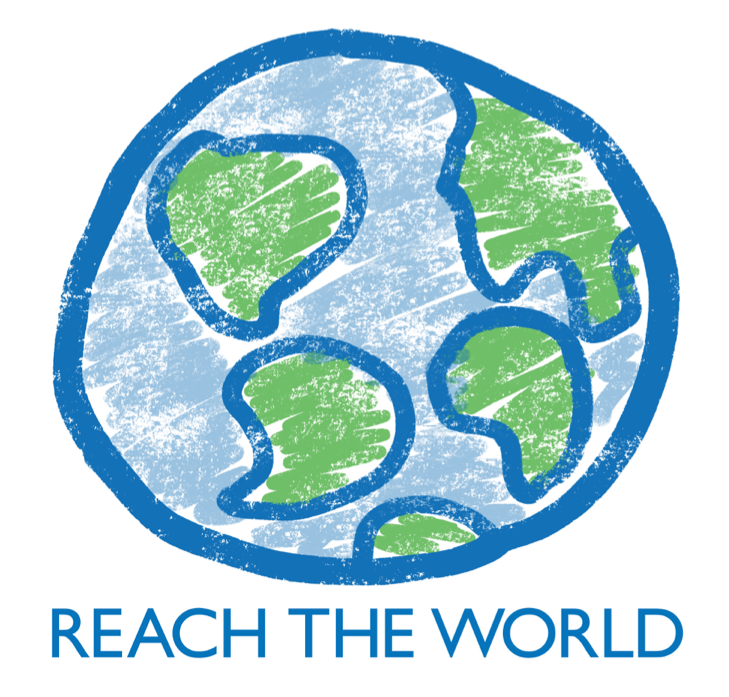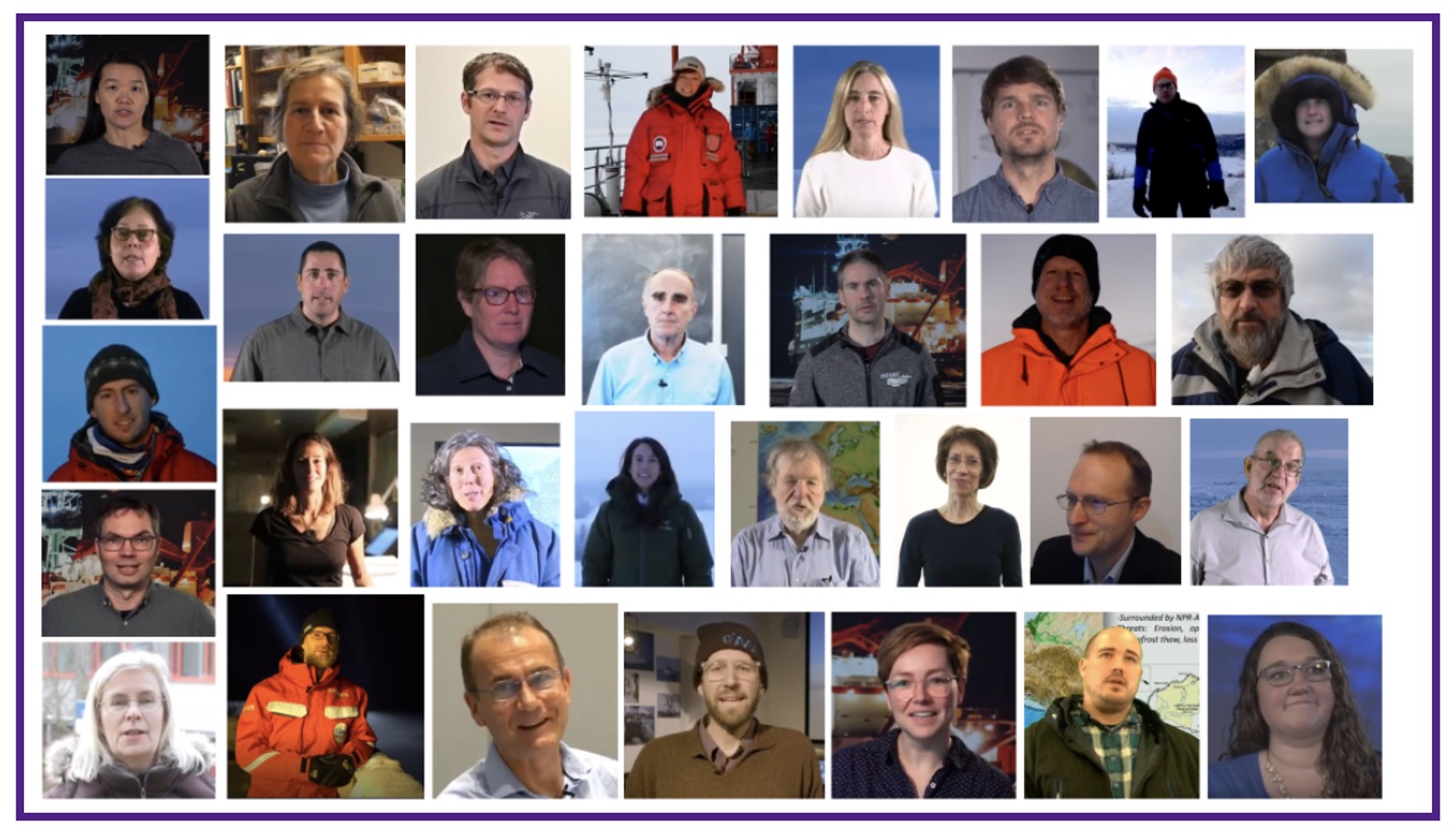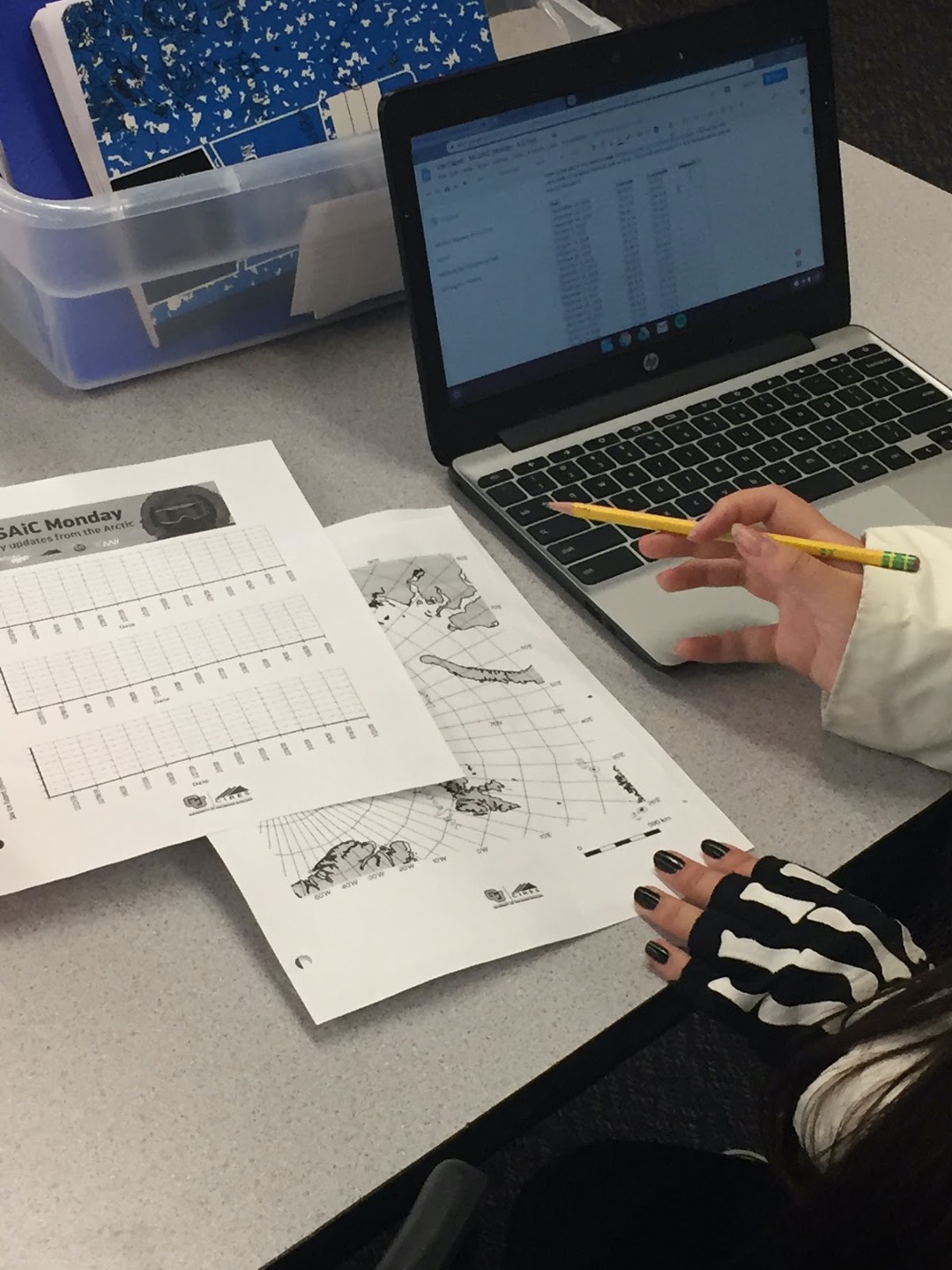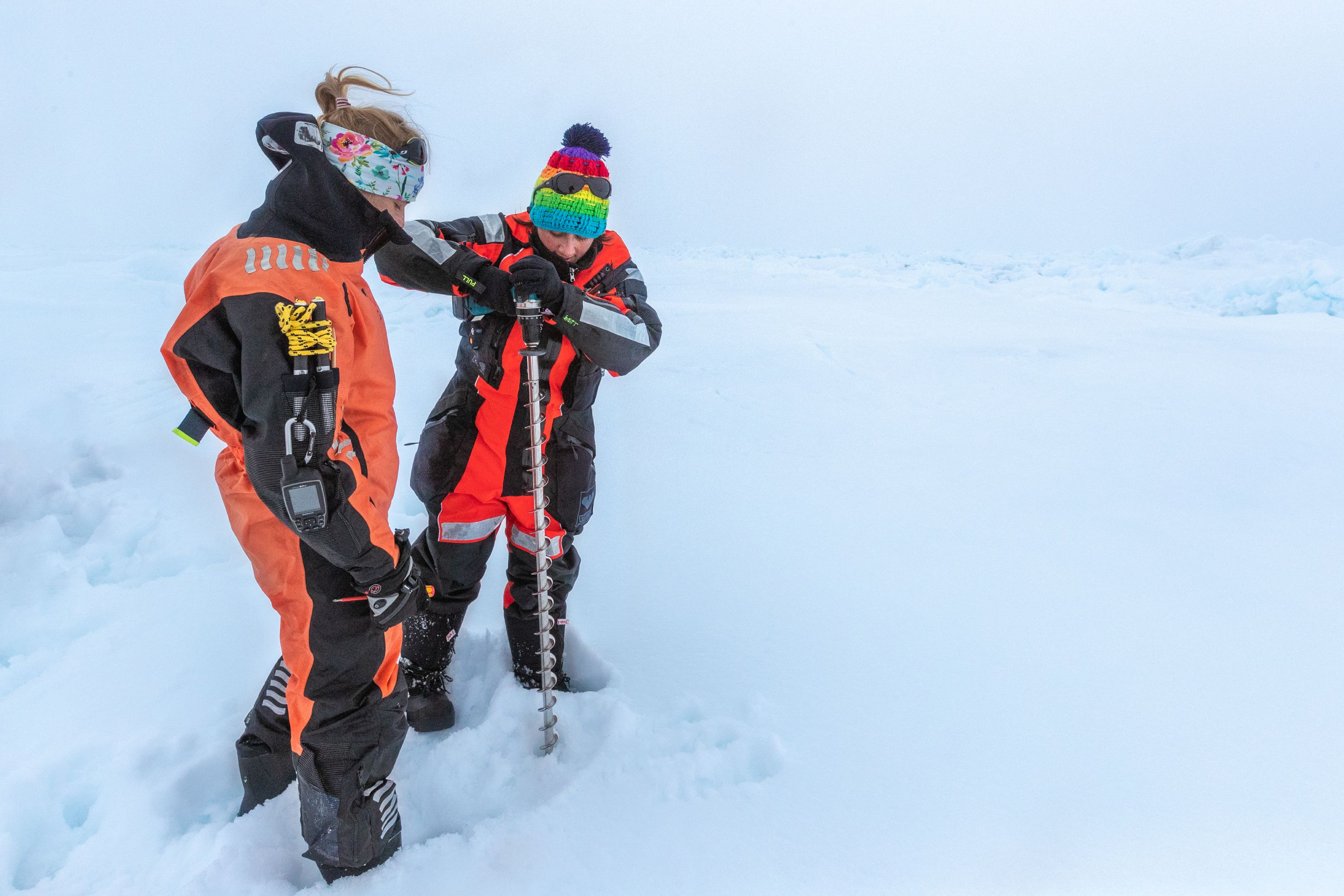MOSAiC: The Journey Lives On
In this video, you'll hear from Colorado-based MOSAiC team members as they reflect back on the successes and challenges of the 2019-2020 MOSAiC field expedition.
You can check out the full collection of expedition videos, photos, podcasts, and more in the MOSAiC Media Library.
Also, relive the first leg of the expedition by immersing yourself in this MOSAiC planetarium show created by filmmaker Amy Richman: Drifting North: Into the Polar Night. And stay tuned...a second planetarium show documenting the latter half of the expedition created by filmmaker Lianna Nixon is scheduled to be released some time next year!
And finally, check out this brand new 'choose your own adventure' virtual reality experience of the MOSAiC ice camps created in partnership with the Byrd Polar and Climate Research Center.
 We Want Your Feedback!
We Want Your Feedback!
The MOSAiC Monday production team would like your feedback on how you've engaged with MOSAiC Monday and MOSAiC educational materials over the past year. Your feedback is instrumental in helping the CIRES education & outreach team develop the best free, high quality, and relevant educational resources for students, educators, and the public that we can, and for securing funding to do so.
Share your MOSAiC Monday feedback by filling out this short survey
And just a reminder that starting in November, MOSAiC Monday will be transitioning into MOSAiC Monthly. We'll still be sharing MOSAiC expedition updates along with MOSAiC and Arctic-related activities and educational resources, just at a monthly frequency instead of weekly. There's nothing you need to do but stay subscribed to the current MOSAiC Monday newsletter! If there is something specific you'd like to see in MOSAiC Monthly, you can indicate that in the feedback survey above.
 Follow MOSAiC with Reach the World through November
Follow MOSAiC with Reach the World through November
You can continue to connect virtually with MOSAiC team members through November with our friends at Reach the World and Exploring by the Seat of Your Pants!
Did you miss the live video call with logistics expert and polar bear guard Laura Schmidt on Monday October 5th? Not to worry! You can watch a recording of Laura's call on the RTW MOSAiC program page (link above) or on the Exploring by the Seat of Your Pants YouTube channel. Also check out Laura's journal article about safety and logistics in the Central Arctic.
Expand Your Knowledge With the MOSAiC Massive Open Online Course

Did you know that you can enroll in an asynchronous online course about the MOSAiC expedition? Frozen in the Ice: Exploring the Arctic features more than 40 different video lectures from over 30 different MOSAiC scientists, team members, and Arctic experts. Learn more about the MOSAiC expedition's science goals, and expand your knowledge around the seasonal behavior of Arctic sea ice, Arctic geopolitics, and how climate change is impacting Indigenous Arctic communities. All of the course videos are available for no cost on Coursera and YouTube, and for a small fee you can complete the course on Coursera and earn graduate credit from CU Boulder.
Watch the MOOC videos or complete the course on Coursera
Watch the MOOC videos on YouTube
Using MOSAiC to Engage Students in Science Learning

The Polarstern may have returned to port, marking the end of the MOSAiC field campaign, but that doesn't mean you have to stop using MOSAiC to teach about the Arctic and Earth's climate system in your classroom! On the contrary, in addition to the plethora of outreach resources already shared on our MOSAiC Education page, we will also continue to create new educational resources utilizing the data that was collected on, in, above, and underneath the Arctic sea ice during the expedition.
Want to dive straight into MOSAiC data as soon as possible? All of the weekly tracking data we've recorded over the past year in MOSAiC Monday during the field portion of the expedition will be archived here, along with printable maps and data logbooks for students. You can use these data sets to explore questions like: How does sea ice extent correlate with the seasons, the temperature, or day length in the Arctic? Or: What was the average drift rate of the Polarstern?
Over the next several months, we'll be compiling all of the activities and engagements featured in MOSAiC Monday over the past year in the searchable polar activity database. Don't forget to also check out our list of virtual and remote polar learning resources, and our two complete MOSAiC curricular units for grades 6-12: Exploring the New and Old Arctic and Arctic Feedbacks: Not All Warming is Equal.
Scientists: Participate in the Breaking the Ice Ceiling Polar Women Researchers Series!

In 2021, a coalition of organizations including The Arctic Institute, Women in Polar Science, and Women of the Arctic are organizing a webinar series, Breaking the Ice Ceiling. The series aims to:
- Illuminate polar research and achievements (past and present) by those who identify as women and those who were designated female but self-identify differently across all races and ethnicities to uncover lesser-known stories of women in polar science, historical and contemporary;
- Foster discussion on systemic change in polar sciences (Indigenous, natural, and social sciences) to advance diversity, equity, and inclusion;
- Weave connections and collaborations between many roles in a social change ecosystem in order to develop tools and methods to reach new audiences and inspire the next generation of women polar knowledge holders, researchers, and scientists; and
- Create a space that values and incorporates Indigenous women’s oral histories and traditional knowledge as a fundamental component of scientific research.
Please fill out this form if you would like to present in this webinar series and the organizers will reach out and follow up on coordination.
Photo by Lianna Nixon, CIRES/CU Boulder
Contact us! mosaic@colorado.edu
